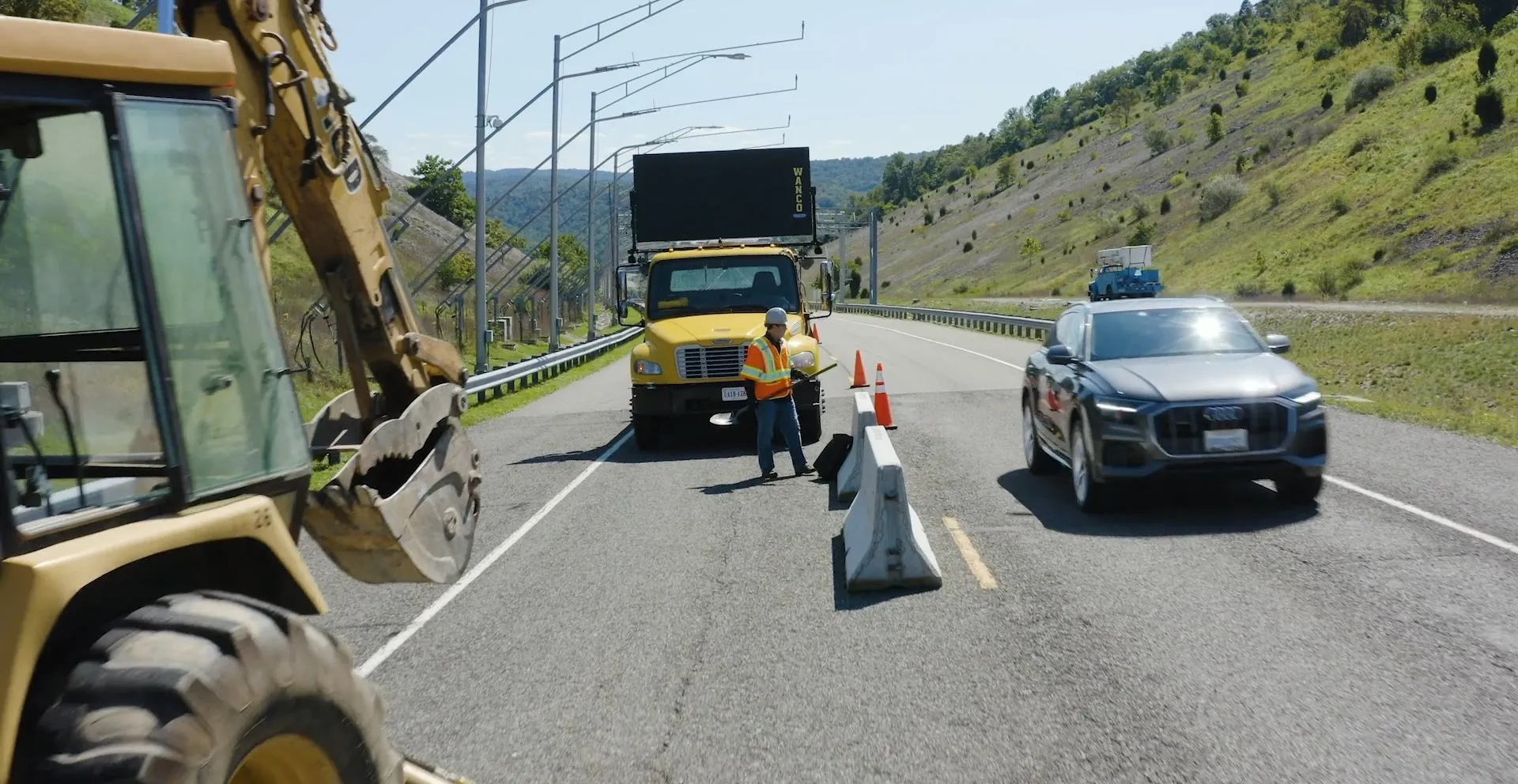
Swarco McCain has equipped Virginia Department of Transportation (VDoT) with 48 variable speed limit signs (VSLS) for a 15-mile section of I-95 northbound in Virginia.
The new signs are located between exit 110 (Ladysmith) and exit 130 (Route 3/Fredericksburg), from mile markers 115 to 130.
Justin Sigel, signs business manager for Swarco McCain, says: “Familiar with congestion along this route, drivers will now be notified with real-time information on speeds and travel conditions, creating a safer and more enjoyable driving experience for all."
The full-colour LED signs are equipped with Swarco’s patented precision-optic technology that Sigel says is "proven to drastically boost legibility under the most severe weather conditions and deliver extremely sharp and vivid images, graphics and text".
An additional three McCain VSLS will be located at highway on-ramps. Each sign is equipped with congestion detectors, designed to predict potential traffic problems, and drop the speed limit to 10 mph per minute.
This strategy improves safety and traffic flow by reducing speed variance, the company says.
The signs also provide information in advance of slowdowns and potential lane closures, reducing the probability for secondary crashes, displaying 18” or 22” tall numerals and are designed to withstand wide temperature and humidity ranges, as well as harsh weather conditions.
The signs are fully compliant with the National Transportation Communications for Intelligent Transportation System Protocol (NTCIP) and accommodate up to 14 schedules with up to 16 events per schedule.
All the units are capable of being powered by either AC or DC power, but six of the ones used in this installation are completely off-grid and solar powered.










